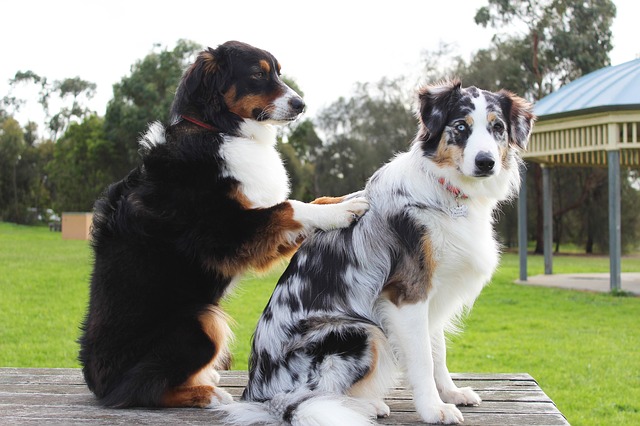Animal assisted therapy (AAT) is a type of therapy that involves an animal with specific characteristics becoming a fundamental part of a person’s treatment.
Animal assisted therapy is designed to improve the physical, social, emotional, and/or cognitive functioning of the patient, as well as provide educational and motivational effectiveness for participants.
 AAT can be provided on an individual or group basis. During AAT, therapists document records and evaluate the participant’s progress.
Many kinds of animals are used in therapy, including dogs, cats, elephants, birds, dolphins, rabbits, lizards, and other small animals. Such animals are often referred to as comfort animals.
AAT with horses is known specifically as equine-assisted psychotherapy (EAP), equine-assisted creative living (EACL), equine-assisted personal development (EAPD) or hippotherapy.
Benefits
Physical
• Improve fine motor skills.
• Improve wheelchair skills.
• Improve standing equilibrioception (balance).
• May lower blood pressure, risk of stroke or heart attack, and decrease depression.
Mental
A 2007 meta-analysis found that animal-assisted therapy is associated with moderate effect sizes in improving outcomes in autism spectrum symptoms, medical difficulties, behavioural problems, and emotional well-being.
• Increase verbal interactions among group members.
• Increase attention skills (i.e., paying attention, staying on task).
• Develop leisure/recreation skills.
• Increase self-esteem.
• Reduce anxiety.
• Reduce loneliness.
Educational
• Increase vocabulary.
• Aid in long- or short-term memory.
• Improve knowledge of concepts, such as size, colour, etc.
Motivational
• Improve willingness to be involved in a group activity
• Improve interactions with others.
• Improve interactions with staff.
Criticism
Researchers at Emory University have concluded that Dolphin Assisted Therapy is “…a dangerous fad.” and lacks any real efficacy. Furthermore, the practice of capturing dolphins can leave more injured or even dead.
History
During World War II, as a Corporal William Wynne was recovering in an Army Hospital in the Philippines, his pals brought his Yorkshire terrier, Smoky, to the hospital to cheer the soldier up.
Smoky immediately became such a hit with the other wounded soldiers that the Commanding Officer of the Hospital unit, Dr. Charles Mayo, of the now famous Mayo Clinic in Rochester, MN, decided to take Smoky on his rounds.
Smokeys work as a therapy dog continued for 12 years, during and after World War II.
The establishment of a systematic approach to the use of therapy dogs is attributed to Elaine Smith, an American who worked as a registered nurse for a time in England.
Smith noticed how well patients responded to visits by a certain chaplain and his canine companion, a Golden Retriever.
Upon returning to the United States in 1976, Smith started a program for training dogs to visit institutions. Over the years other health care professionals have noticed and documented the therapeutic effect of animal companionship, such as relieving stress, lowering blood pressure, and raising spirits.
In recent years, therapy dogs have been enlisted to help children overcome speech and emotional disorders.
In 1982, Nancy Stanley, a San Diego mother of two, founded a non-profit organization called TLZ (Tender Loving Zoo).
She got the idea while working as a volunteer in the Los Angeles Zoo, where she noticed how handicapped visitors responded eagerly to animals. She later read an article about the beneficial effects that animals can have on patients.
Soon thereafter, she began taking her pet miniature poodle, Freeway, to the Revere Developmental Centre for the severely handicapped.
Inspired by the response of the patients and the encouragement of the staff, she took $7,500 of her own money, bought a van, recruited helpers, and persuaded a pet store to lend baby animals of all kinds to the cause.
Partly as a result of Ms. Stanley’s work, the concept of dog-therapy has broadened to “animal-assisted therapy”, including many other species, such as therapy cats, therapy rabbits, therapy birds and so on.






